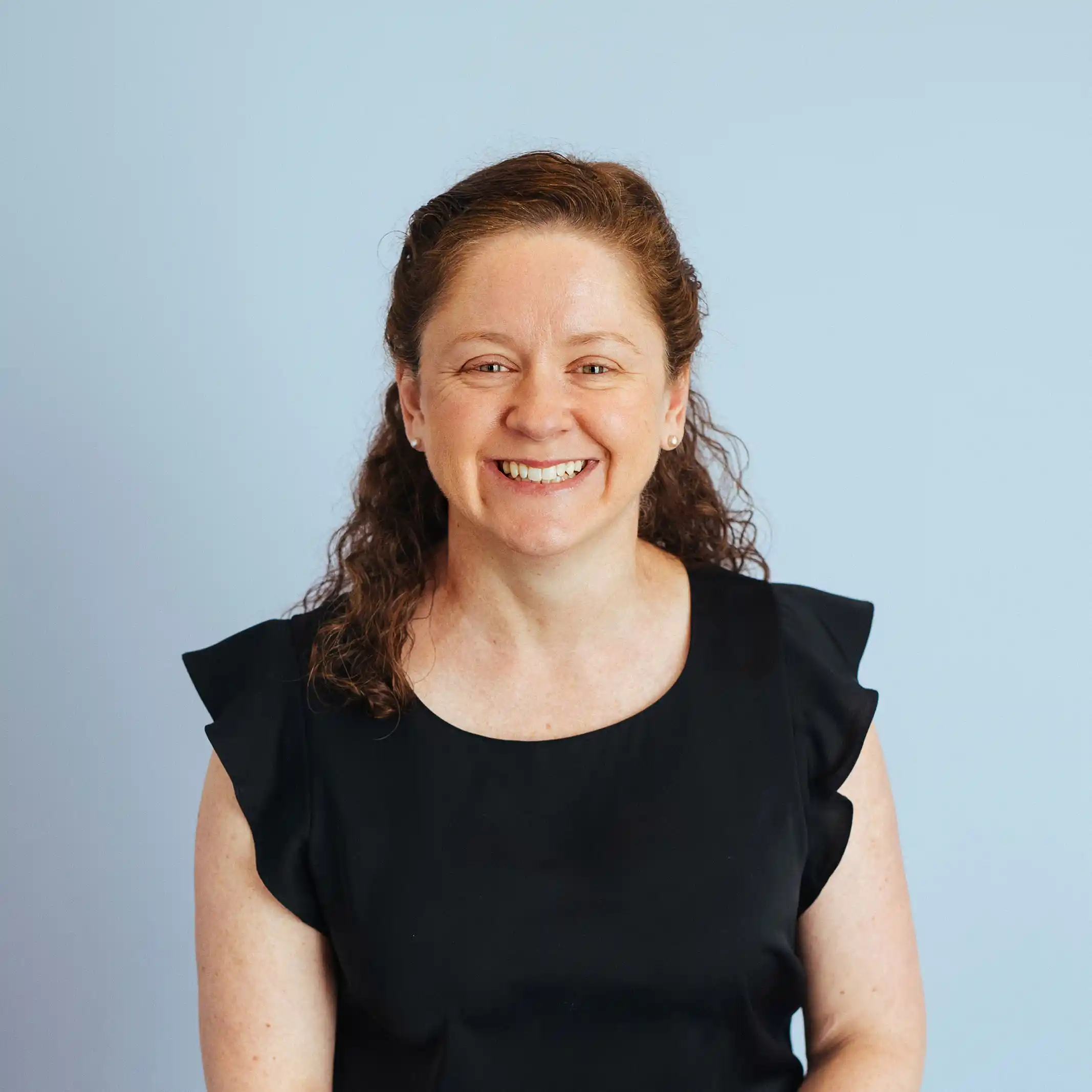
Lyn Formica
Head of Education & Content
When the clearing house receives the money? Or when the respective superannuation funds receive the money from the clearing house?
Tax Deductibility
A superannuation contribution is only able to be claimed as a tax deduction in the year in which it is “made”. A contribution is not made until it is “received by the fund” and when that happens depends on the manner in which the contribution is made [ITAA 1997 s.290-60(3), ITAA s.290-150(3), TR 2010/1 paras 181-182].
Some employers make payment of their required superannuation contributions via a clearing house. In these cases, rather than an employer making individual contributions to individual funds for each employee, an employer would make a single contribution to the clearing house for all employees, and the clearing house would electronically transfer the contributions to the relevant superannuation fund for each employee.
In this situation, the contribution is not “made” at the time the clearing house is credited with the monies from the employer, rather the contribution is made (and therefore deductible) when the superannuation fund’s account is credited with the monies following an electronic transfer of money from the clearing house [Colless and Commissioner of Taxation [2012] AATA 441].
Note, it can take many days for payments to be processed by the clearing house and received by the superannuation funds.
In respect of the 2018/19 year and the ATO’s clearing house, the ATO has advised that payments must be received by the clearing house by COB Monday 24 June 2019 to be assured of reaching the underlying superannuation funds by 30 June 2019.
Contribution Caps
In relation to cap testing, a contribution is not counted for cap purposes until the contribution is received by the fund and then allocated to the member’s account.
Trustees of SMSFs are required to allocate contributions to members within 28 days after the end of the month in which the contribution is received [SIS Reg 7.08(2)].
In contrast, trustees of non-SMSFs are required to allocate contributions to members no later than 3 business days after receiving both the contribution and the relevant information in relation to that contribution [SIS Reg 7.07H(2)].
Superannuation Guarantee (SG) Obligations
For SG purposes, an employer who makes contributions via an approved clearing house (eg the ATO’s Small Business Superannuation Clearing House) is treated as having satisfied its SG obligations when the monies are received by the clearing house [SGA s.23B(a)].
For example, North Qld Mangoes Pty Ltd has 15 employees. To simplify its payroll systems, the company makes its SG contributions via the ATO’s Small Business Superannuation Clearing House.
On 28 June 2018, the company electronically transferred $10,125 to the clearing house representing SG contributions for that quarter. This amount was received by the clearing house the next day (ie 29 June 2018).
On the following day (ie 30 June), the clearing house made the following electronic transfers:
- $2,125 to Fund A in respect of 13 employees, and
- $10,000 to Fund B in respect of 2 employees.
These monies were credited to the respective superannuation funds and allocated to the members the next day (ie 1 July 2018).
From a timing perspective, North Qld Mangoes Pty Ltd is treated as having satisfied its June 2018 quarter SG obligations on 29 June 2018.
However, for all other purposes (eg deductibility and cap testing), the contributions were not made until 1 July 2018.
Need help answering complex SMSF queries? Why not sign up for a technical support package and have access to our expert Technical Services Team via a dedicated free number or via email. To sign up, click here.
This article is for general information only. It does not constitute financial product advice and has been prepared without taking into account any individual’s personal objectives, situation or needs. It is not intended to be a complete summary of the issues and should not be relied upon without seeking advice specific to your circumstances.



